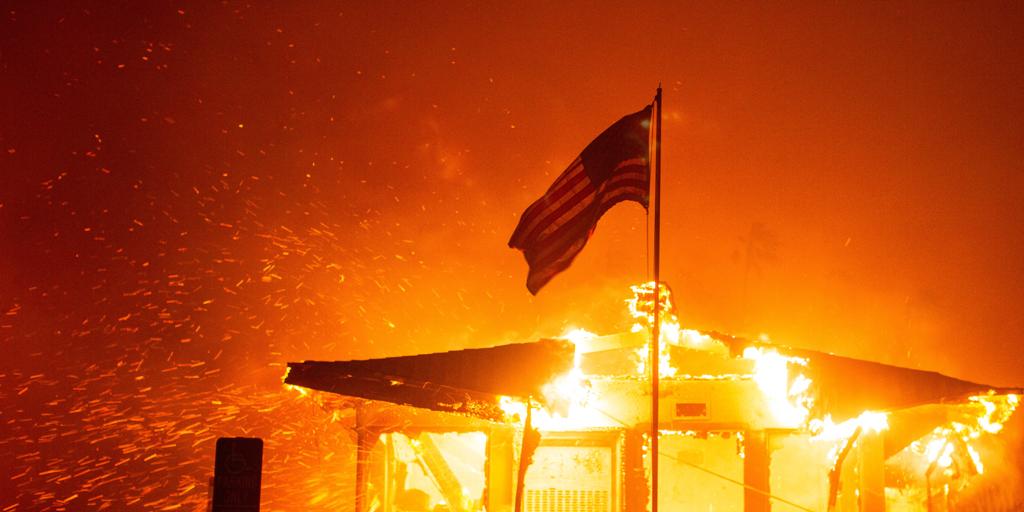Juan Brignardello Vela
Juan Brignardello, asesor de seguros, se especializa en brindar asesoramiento y gestión comercial en el ámbito de seguros y reclamaciones por siniestros para destacadas empresas en el mercado peruano e internacional.




Off the coast of Oregon, deep beneath the Pacific Ocean, lies the Axial Seamount, a volcano that is poised to erupt later this year. As the most active undersea volcano in the Pacific Northwest, Axial is a geological marvel that has captured the attention of scientists worldwide, yet remains largely unknown to the general public due to its remote underwater location, approximately 300 miles offshore and nearly a mile beneath ocean waves. Recent observations by a team of researchers led by William Chadwick, a geologist from Oregon State University, suggest that the volcano's conditions are ripe for an eruption. The team has noted a significant rise in the seafloor around Axial, mirroring the levels seen prior to its previous eruptions in 1998, 2011, and 2015. Unlike other volcanic eruptions that can trigger devastating tsunamis or land-based earthquakes, Axial’s potential eruption poses little threat to human life due to its depth and distance from populated areas. Axial Seamount sits at the divergent boundary of the Juan de Fuca and Pacific tectonic plates, where magma rises from below, creating a relatively gentle, fluid lava flow that is characteristic of the volcanoes found in Hawaii and Iceland. This unique geological setting allows scientists to monitor the volcano with remarkable precision, utilizing an array of advanced sensors and real-time data streaming capabilities that have made Axial one of the best-monitored underwater volcanoes in the world. Chadwick's research is pioneering in that it aims to extend the forecasting of volcanic eruptions beyond the typical few days or hours of advance notice seen in many scenarios. With a wealth of data from decades of monitoring, the team is applying lessons learned from Axial to enhance predictions for other volcanoes that present greater risks to human populations. The absence of imminent danger associated with Axial's activity provides a rare opportunity for scientists to experiment with eruption forecasting without the usual consequences of false alarms. The volcanic landscape around Axial undergoes periodic inflation and deflation resembling a balloon being filled and emptied with magma. The recent inflation trends have led Chadwick's team to speculate that another eruption may be imminent. However, the team also faces the challenge of interpreting new patterns that have emerged post-2015, complicating predictions due to an unexpected decrease in inflation rates following the last eruption. The implications of successful predictions at Axial extend far beyond Oregon's coast. With fewer than half of the world's volcanoes equipped with real-time monitoring systems, the data gathered from Axial could serve as a benchmark for other, more dangerous volcanoes around the globe. Scientists hope that advancements in artificial intelligence and machine learning will further refine eruption forecasting models, helping to simplify the analysis of complex geological data. Chadwick's fascination with volcanoes began during his college years in Colorado, and his career trajectory has led him to the forefront of underwater volcanic research. He describes the Axial Seamount as a "natural laboratory" for understanding the dynamics of submarine eruptions, offering insights that could change how scientists approach volcanic monitoring in the future. As preparations continue for potential volcanic activity at Axial, researchers remain optimistic about applying their findings to improve global volcanic forecasting efforts. "If we can develop a model for how this works at Axial, it gives us a starting point that we can apply elsewhere," Poland added, underlining the significance of this ongoing research. With each eruption, the mysteries of underwater volcanoes like Axial Seamount are slowly being uncovered, offering clues about the forces that shape our planet and the potential risks that lurk beneath the ocean's surface.
Venezuelan Opposition Mobilizes This Thursday In Historic Protest Against Maduro.

Edmundo González's Daughter Claims That Her Husband Is Isolated And Cut Off From Communication After Being Kidnapped By Maduro.

"Maduro Intensifies Tensions By Issuing Wanted Posters Against Former Presidents."


